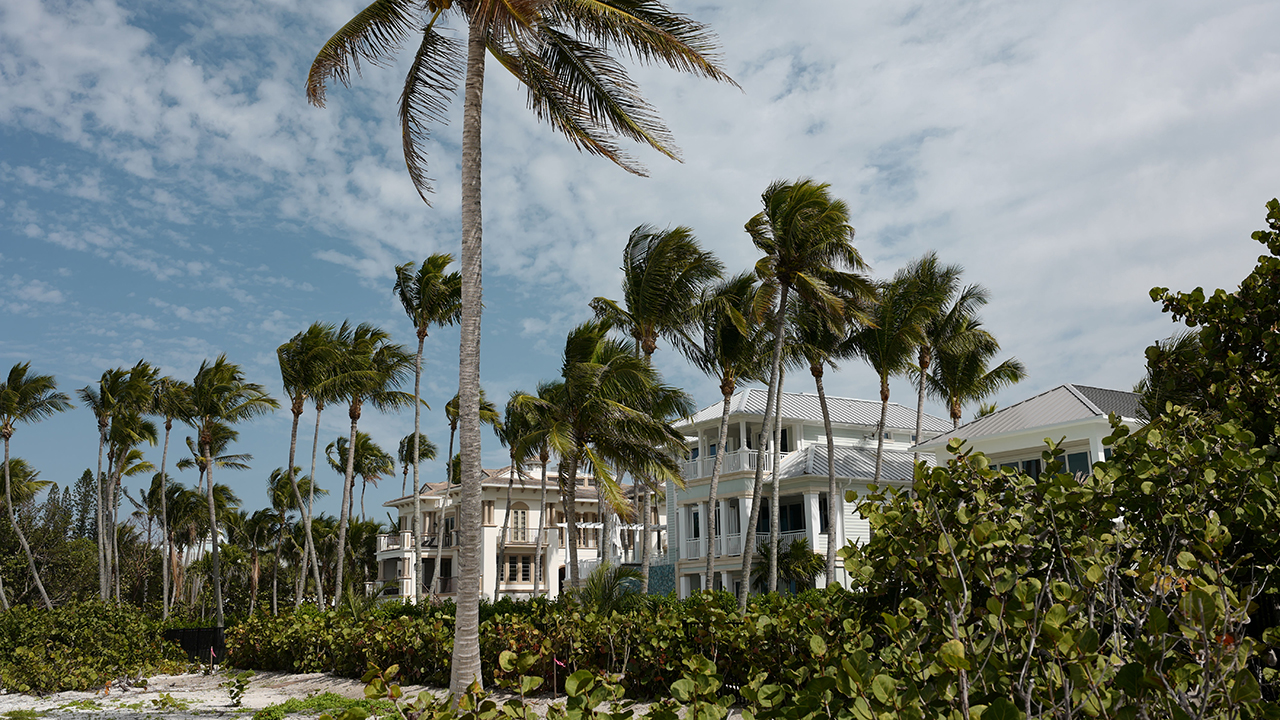Looking to buy a house? These 3 'cold' markets could offer a bargain
These 'coldest' housing markets in the US may offer buyers a deal
Housing needs mortgage rates to hit at least 6% to see a recovery, analyst says
'Mansion Global' host Katrina Campins discusses the state of the housing market on 'Making Money.'
An affordability crisis has forced many would-be homebuyers out of the U.S. housing market, as steep mortgage rates and limited supply continue to push prices higher.
But buyers may find relief in certain parts of the country, where growing inventory has led to a drop in prices, according to a new report published by Realtor.com.
Known as "cold" housing markets, these are places where houses may be listed for more than a year – leading to a substantial drop in list prices amid lethargic consumer demand.
The coldest markets can currently be found in the South, particularly along the Gulf in states like Texas, Florida and Louisiana, the report shows. In fact, among the 20 coldest housing markets in the country, 15 are located in Texas, Florida and Louisiana.
THE US HOUSING MARKET IS 'STUCK,' AND MIGHT REMAIN THAT WAY UNTIL 2026
Lake Charles, Louisiana, was the coldest metro in the country, followed by Houma, Louisiana; Panama City, Florida; Punta Gorda, Florida; and Naples, Florida.
Waterfront homes near Naples Pier in Naples, Florida, on Feb. 13, 2024. (Photographer: Lisette Morales McCabe/Bloomberg via Getty Images / Getty Images)
In Texas, some of the coolest cities were Brownsville, El Paso and Corpus Christi.
Realtor.com based its analysis on a number of factors, including days on the market, inventory changes, price fluctuations and unique listing page views per property.
The Gulf states are likely experiencing a cooler housing market than the rest of the country due to some "unique challenges," the Realtor.com economists said. Although high home prices and rising mortgage rates have weighed on affordability nationwide, Gulf markets are facing the additional burden of expensive home insurance costs.
Researchers have blamed skyrocketing insurance prices on several issues, including weather disasters, rising re-insurance rates and steep home repairs as inflation pushes the cost of building materials higher.
MORTGAGE CALCULATOR: SEE HOW MUCH HIGHER RATES COULD COST YOU
"For homebuyers looking for comfort, Southern markets offer up much-needed hospitality," said Ralph McLaughlin, Realtor.com economist. "Inventory – especially of entry-level homes – is growing, they are moving slower and listing prices are actually down compared to last year."
Homes in Hercules, California, on Aug. 16, 2023. (David Paul Morris/Bloomberg via Getty Images / Getty Images)
There are a number of driving forces behind the nationwide affordability crisis.
During the COVID-19 pandemic, home prices soared at a pace not seen since the 1970s. Homebuyers – flush with stimulus cash and eager for more space during the pandemic – took advantage of ultra-low mortgage rates and flocked to the suburbs.
Demand was so strong, and inventory so low, that at the height of the market some buyers waived home inspections and appraisals or paid hundreds of thousands over the asking price.
The frenzy came to a halt when the Federal Reserve embarked on the most aggressive interest rate hike campaign since the 1980s as it tried to slow the economy and crush runaway inflation. Higher interest rates helped to push the average rate on 30-year mortgages above 8% for the first time in years.
GET FOX BUSINESS ON THE GO BY CLICKING HERE
Those higher mortgage rates, in turn, created a "golden handcuff" effect in the housing market. Sellers who locked in a record-low mortgage rate of 3% or less during the pandemic began have been reluctant to sell, limiting supply further and leaving few options for eager would-be buyers.
Mortgage buyer Freddie Mac said Thursday that the average rate on a 30-year loan this week ticked lower to 6.86% from 6.87%. While that is down from a peak of 7.79% in the fall, it remains sharply higher than the pandemic-era lows of just 3%.

